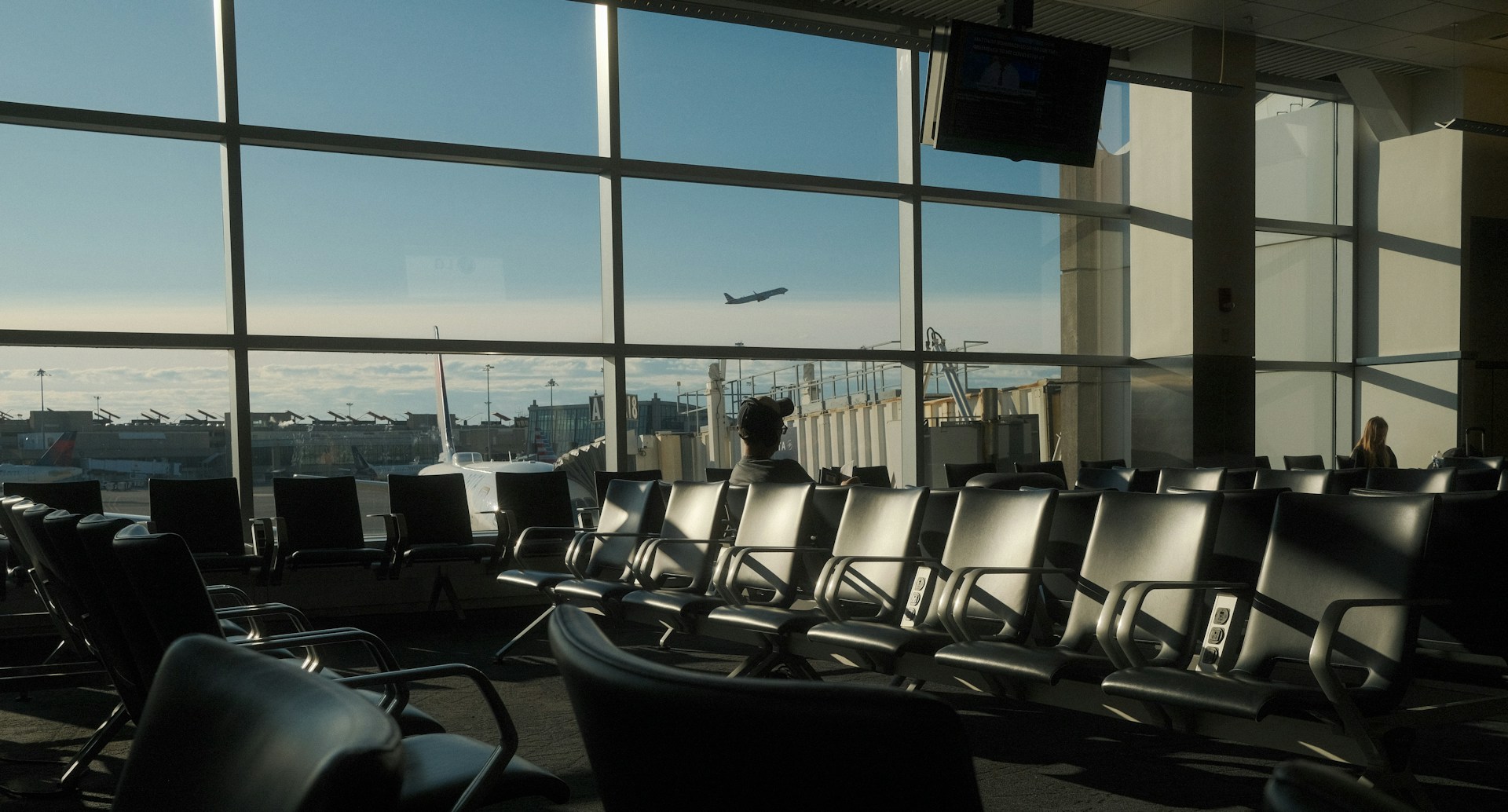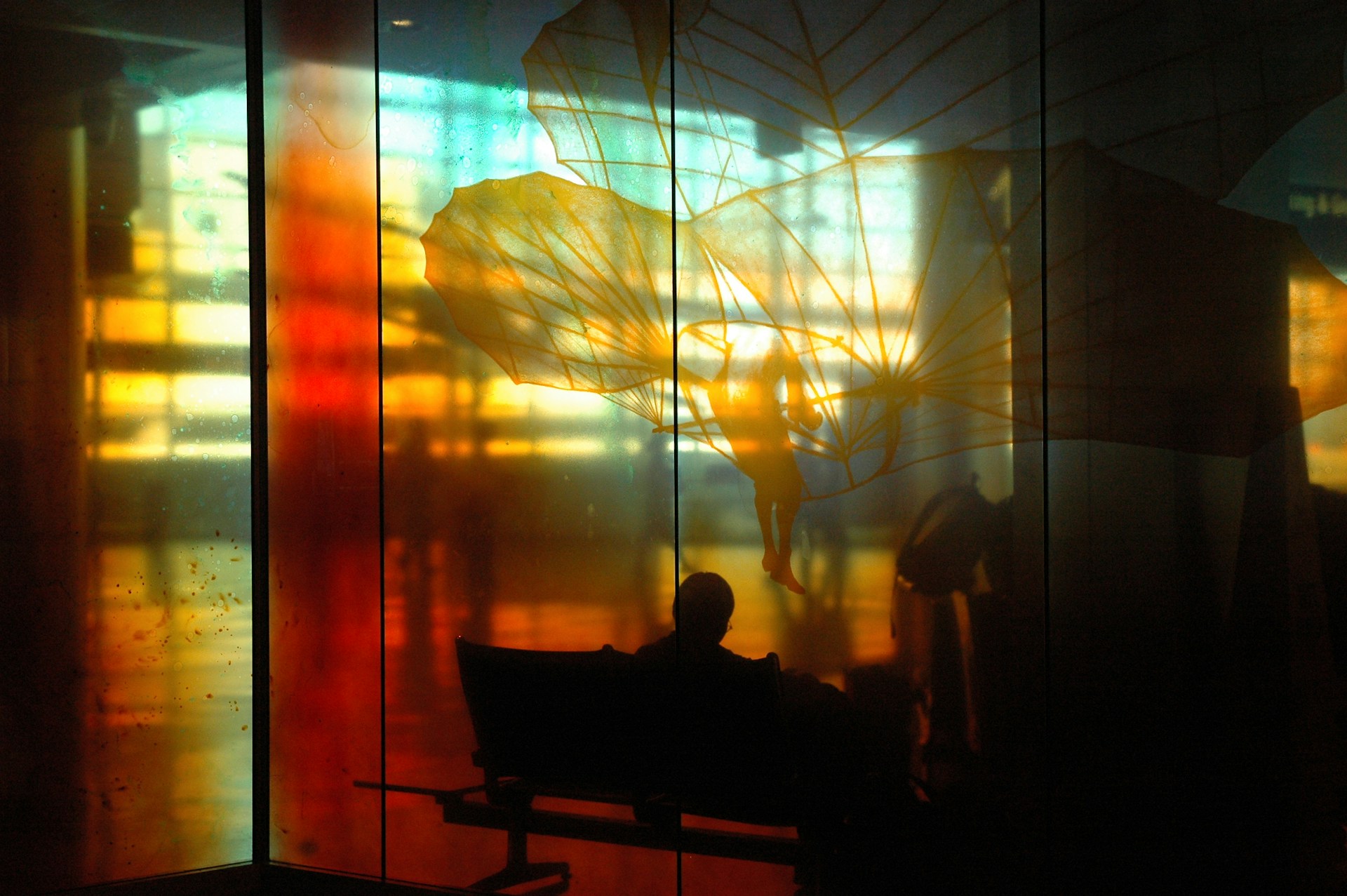Only ten years ago the first big American airport began offering free Wi-Fi. That airport was none other than Las Vegas; where free things are often used as a tactic to send you through a spending spiral in the city of sin.
Today you will find free Wi-Fi in nine out of ten of the largest U.S. airports. This has been great for consumers who just want to casually use the Internet; on the other hand, Wi-Fi is critical to business travelers. Therefore, free Wi-Fi in airports can be viewed as an amenity or a necessity, but how long will free Wi-Fi stay free?
In this article we will look at the different types of Wi-Fi consumers, the business of Wi-Fi, and how we can keep Wi-Fi free in airports.
Types of Wi-Fi Consumers
Vacation & Casual Travelers
This type of traveler wants Wi-Fi to be free. Everything else is costing them an arm and a leg these days. Airlines charge a premium for luggage. Airport food is astronomically priced and less than gastronomically pleasing. Free Internet, on the other hand, gives them something to do with their time that is often wasted while waiting on a flight. To the average customer, free Wi-Fi seems a lot like the free television news in the waiting area.
Business Travelers
For business travelers, Wi-Fi is part of the cost of doing business. They’d rather not pay for it, but when push comes to shove, business types will do what is necessary to stay in the game. It’s their livelihood. This could have an effect on the market if the tide turns against free Wi-Fi. Business travelers will pay, if unwillingly, while vacation travelers may forgo paying more charges.
The Business of Wi-Fi
Oh, so you thought Wi-Fi magically comes from the skies and into your device
Wi-Fi isn’t free, at least not to the airport. It takes a lot of money to offer free Internet to millions of square feet and many thousands of people. In addition to technical staff to keep it running, you need servers and Internet service. Airports can’t afford to go in the hole while offering a free service that could turn a profit.
To consumers, free Wi-Fi is the expected norm because we are constantly wired into our electronic devices especially in situations where we must wait.
How does free…stay free? Advertising, of course!
Ever had to watch a video or see some ridiculous ad that no one really cares about before given access to a public Wi-Fi? Well, that’s usually how free stays free.
Another popular approach for airlines to skip the major expense of installing and providing free Wi-Fi is working with a third-party provider. Boingo best exemplifies this. It can provide Internet, equipment, and installation to the airport. With daily access revenues, it can share the wealth with airports, although it may be as little as the $300,000 per year it paid to Houston.
Forbes reported that Boingo has 271 airports on its lists, which include other large commercial spaces such as malls. In 2012, it bought out its biggest competitor, Advanced Wireless Group. Boingo has contracts with LAX, Miami, and Minneapolis-St. Paul among others. AT&T recently took Dallas/Fort Worth Airport away from Boingo.
Is anyone else dreading this super slow FREE Wi-Fi?
Whether the service is free or fee-based, a major issue is quality. When Forbes ranked airport Wi-Fi, it was clear that all Wi-Fi are not equal. There was no marked difference between smaller and larger airports either. Large airports such as O’Hare, Dallas, LAX, Las Vegas and Houston ranked in the mid to high 70s. See the below image for speeds of busy airports:

These speeds aren’t too bad! Now factor in thousands of people who use it!
For those that keep the service free, it will be harder for consumers to complain. On the other hand, if free service means lousy service, this may give the airport a reason to start charging fees for better service.
Hotspots
Yet another issue is the delivery method. Perhaps onsite providers will become unnecessary. Boingo has begun hosting a Hotspot at Chicago’s O’Hare airport. This allows smartphone users to get no-cost Wi-Fi that is secure and fast. This could lead to even more complicated deals as smartphone providers and other Wi-Fi players get into the act.
A Practical Solution
The best approach seems to be striking a happy medium between free and paid service. In this scenario, most services are free to travelers, but the airport charges for video streaming and other intensive uses. For instance, the Minneapolis-St. Paul Airport switched from charging everyone a fee to a free plan with a premium fee for connections lasting longer than 45 minutes. This seems like a way to be fair to the consumer without expecting the airport to foot the entire bill.
Airports could (and probably are already doing it) provide different types of Wi-Fi services to its patrons through a tiered system. If you haven’t heard of freemium (many app users know this term all too well) it is a business model for providing consumers with a free service but limiting the premium goods – unless you pay of course.
So to satisfy both parties there would be a free Wi-Fi tier (probably slower than your smartphone’s Internet), a premium tier (charging a small fee for higher speeds), and a first class tier (access to the highest speeds the airport can offer).
What do you think?
What do you think the future holds for free airport Wi-Fi? Should Wi-Fi remain a free amenity to airport patrons even at an expense to the airport? How about keeping Wi-Fi free (at slower speeds) but charging for higher speeds for those who really need it?
Photos by
Markus Spiske – Unsplash





